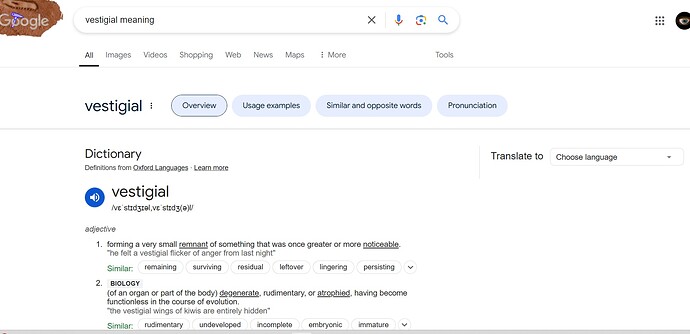The YEC claim was that 1. the rocks were bent without cracks and 2. that such bending shows that the rocks were still all wet sediment from the flood, not solid rock, when they formed. Both of those can be proved to be false. The photos already posted show that the rocks do have cracks which were concealed in the poor quality photo supplied to “prove” that the rocks did not have cracks. The video I posted shows a rock bending without visible cracking. The claim that bending without cracking must indicate unconsolidated sediment is also definitely untrue. Proving what processes created the folds seen in a particular layer is more involved, and it cannot be “proof” of the sort in a geometry text. But it is possible to determine that some claims are wrong, and that some are well-supported and others poorly-supported.
Creation science models that claim that a significant amount of the geological record was deposited by the flood imply that water was moving extremely rapidly. You are correct that the claim of rapid water movement does not match the biblical description of Noah’s flood. But rapid water movement is part of many YEC models. It is also implied by all YEC models. Cramming most plate movement into the Flood would cause massive global tsunamis if all the water didn’t evaporate from the heat first. Water will not move slowly when it’s on plates travelling at 30 miles per hour. Globally, there are thousands of changes in microfossil types, shifts in stable isotope concentrations, and other world-wide changes in things we can find in the geologic record. Seawater has to mix all around the globe to distribute each of those changes. Currently, it takes around 300 years for seawater to circle all around the globe. Depositing any significant chunk of the geologic column in a year requires multiple rounds of global mixing within that year in order to produce the series of global changes in the organisms and environmental markers.


